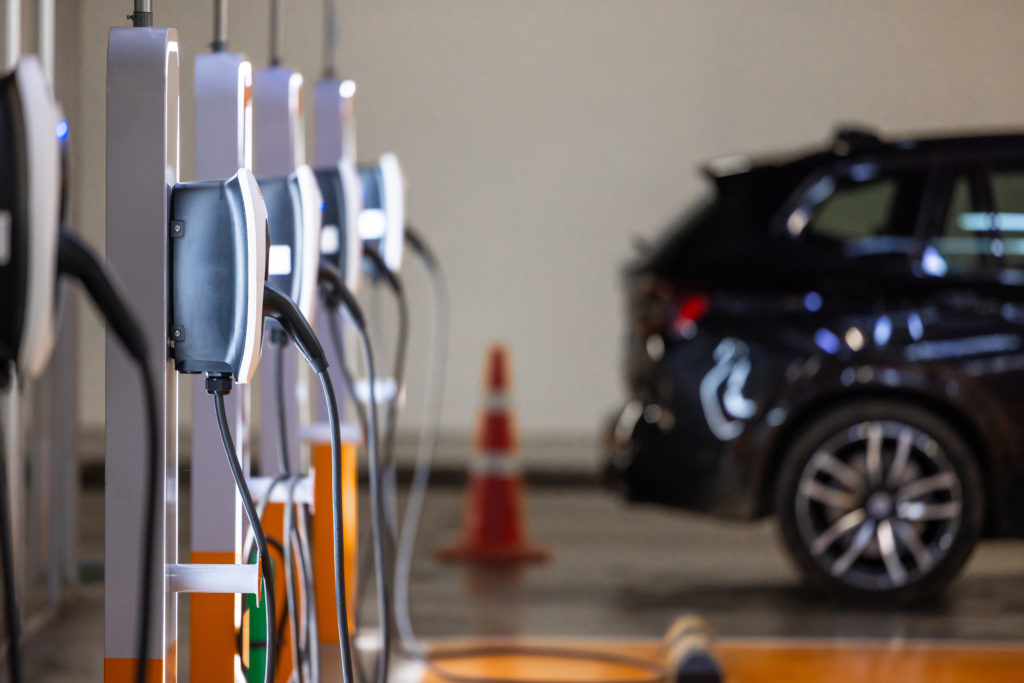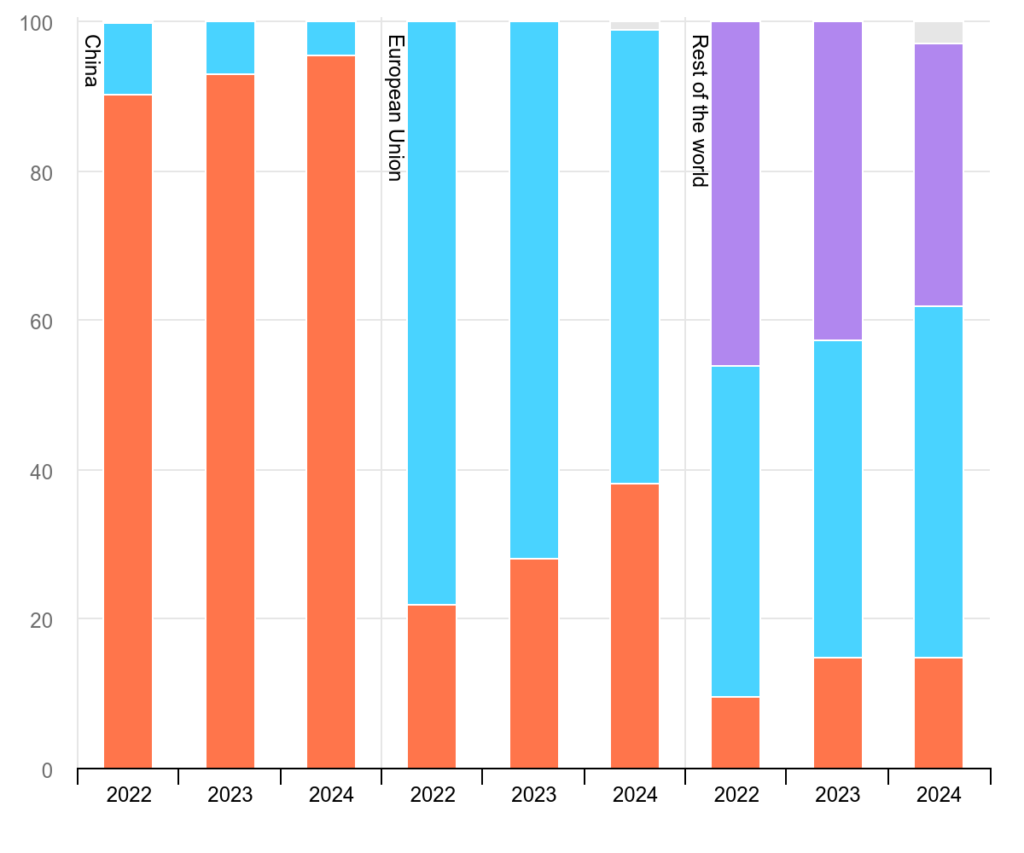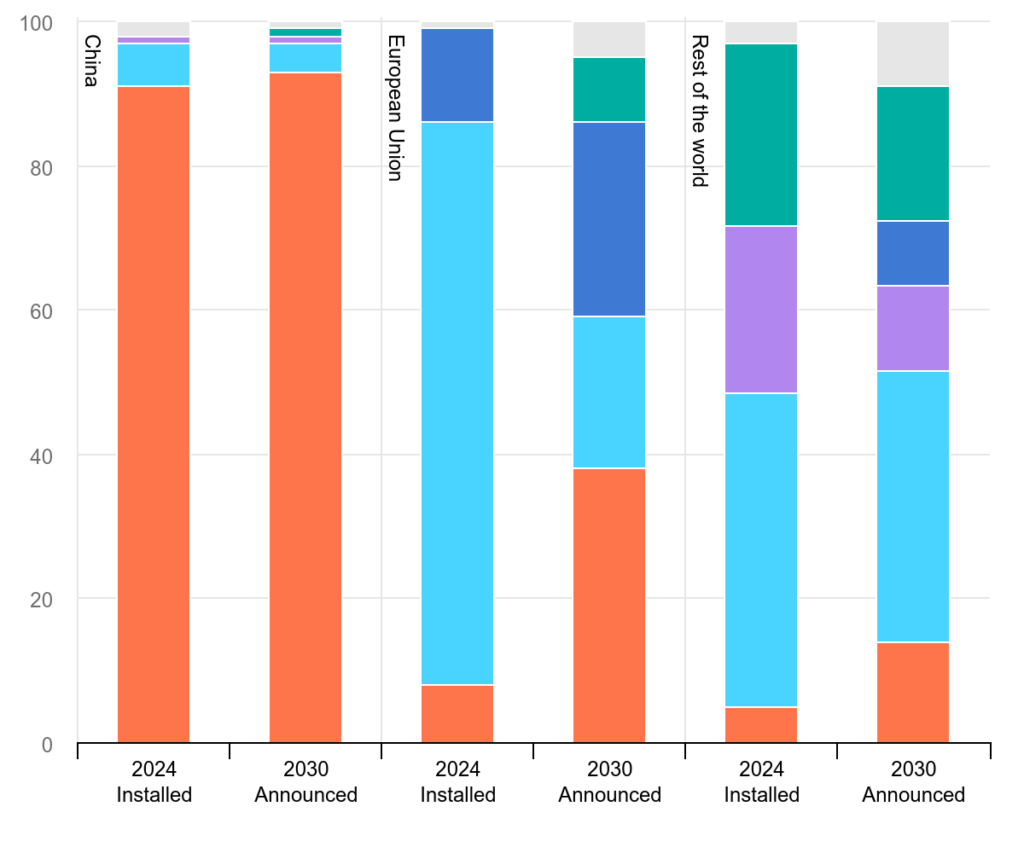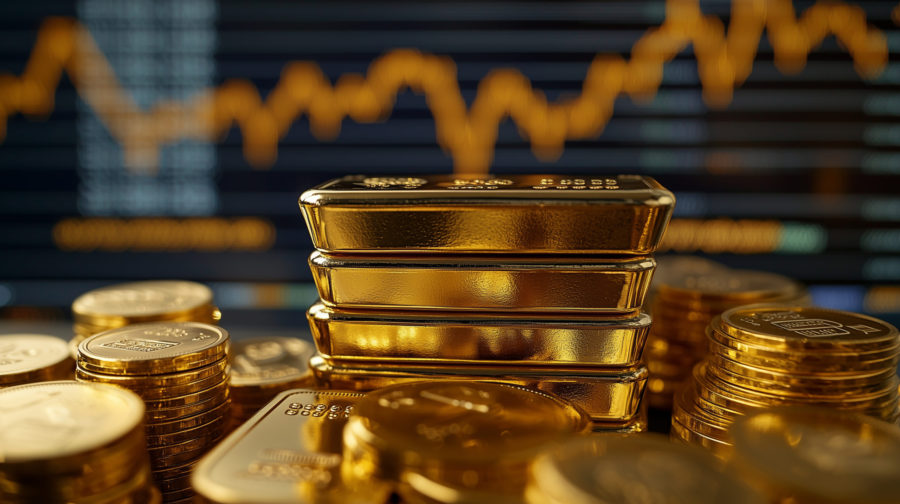Global battery market entering new phase with high demand, low prices – IEA

The global battery market is entering a new phase as demand continues to rise while prices of raw materials decline, the International Energy Agency stated in a report published last month.
According to the IEA, global battery demand reached a historic milestone of 1 terawatt-hour (TWh) last year, with annual electric car sales rising by 25% to 17 million.
At the same time, the average price of a battery pack in electric vehicles dropped below $100 per kilowatt-hour, commonly thought of as a key threshold for competing on cost with conventional models, the IEA said.
Driving the decline in battery prices are cheaper battery materials resulting from oversupply as well as advancements in the battery industry itself. Lithium prices, in particular, have dropped by more than 85% from their peak in 2022.
After years of investments, global battery manufacturing capacity reached 3 TWh in 2024, and the next five years could see another tripling of production capacity if all announced projects are built, the IEA predicts.
These trends point to the battery industry entering a new phase of development, the Agency says, noting that markets used to be regionalized and small, but are now global and very large, and a range of technological approaches is giving way to standardization.
China’s dominance
The IEA report also highlighted the continued dominance of China. As the world’s top EV market, it produces over three-quarters of batteries sold globally, and in 2024, average prices in China dropped faster there than anywhere else in the world, falling by nearly 30%.
Chinese batteries are now cheaper than Europe and North America by over 30% and 20%, respectively, the IEA said, citing estimates by BloombergNEF.

IEA ascribes the price advantage of Chinese producers to four main factors: 1) manufacturing know-how, which has supported the rise of giant manufacturers such as CATL and BYD; 2) supply chain integration resulting from acquisitions and co-operations; 3) cheaper battery chemistry, as evidenced by the rise of lithium-iron phosphate (LFP) batteries; and 4) fierce domestic competition between almost 100 producers that are driving down prices.
Declining battery prices in recent years are a major reason why many EVs in China are now cheaper than their conventional counterparts, the Agency points out.
Other major players
In Europe, many battery producers are postponing or cancelling expansion plans because of uncertainty about future profitability. IEA estimates that production costs in the region are about 50% higher than in China; meanwhile, the battery supply chain ecosystem is still relatively weak and a lack of specialized workers persists.
The bankruptcy of Northvolt – Europe’s largest investment in a homegrown battery maker – underscores the difficulties of competing with Asian producers, with smaller manufacturers struggling to scale up production, IEA stated.
However, the Agency said that there are still pathways for Europe to build a competitive battery industry, pointing to efforts to produce cheaper LFP batteries in the region, aided by investments from Korea. Chinese battery makers are also likely to keep expanding their European footprint, it added.
Korea and Japan, despite having limited domestic battery production, have strong innovation track records and are already major players in the industry with their overseas investments. Korea, in particular, leads in overseas manufacturing capacity, with nearly 400 gigawatt-hours (GWh), far ahead of Japan and China.

The United States is also on the rise. Its battery manufacturing capacity has doubled since 2022 following the implementation of tax credits for producers, reaching over 200 GWh in 2024, the IEA estimates.
The report also highlights Southeast Asia and Morocco as potential production hubs for batteries and their components, with the former attracting significant Chinese investment and the latter honing the largest reserves of phosphate, a mineral essential for LFP batteries.
More News
Gold equities going under investors’ radar as metal continues to rise: Peter Schiff
One factor behind the undervaluation of gold mining stocks today is the inflation pressure from last year, says the gold bull.
April 03, 2025 | 02:50 pm
Kazakhstan says it has discovered 20 million ton rare earth metals deposit
If confirmed, the deposit would place Kazakhstan behind only China and Brazil by size of reserves.
April 03, 2025 | 01:40 pm
{{ commodity.name }}
{{ post.title }}
{{ post.excerpt }}
{{ post.date }}



Comments